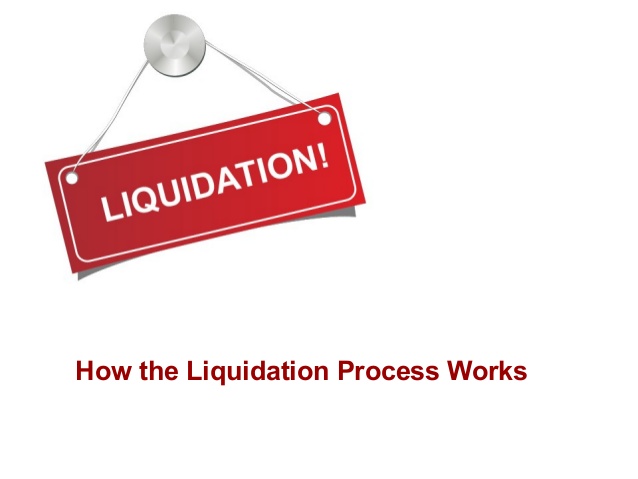While everyone is always talking about taking businesses on an upward trajectory, you might be looking for help to get rid of your company getting close to bankruptcy. If it is so, and you want to liquidate it, make sure you do it the right way to avoid any mishaps.
What is Liquidation?
Liquidation is a finance term for the process of ending business and selling or distributing its assets among the claimants. Such an event usually occurs as a result of the inability of a business to pay its due obligations. Thus the business owner decides to stop the business operations and pay creditors and stakeholders their dues.
This article aims to explain the liquidation process for you comprehensively.
A comprehensive sketch of the liquidation process
Liquidation is often not a very pleasant experience for business owners. One thing is for sure, whether they are going for it voluntarily or due to obligation, it is a difficult time. The assets which may be included in liquidation are store fixtures, office equipment, tools, furniture, machinery, packing supplies, vehicles, window treatments, etc.
There can be multiple creditors when you decide to liquidate your company. The three major classes to out these creditors into are secured, unsecured, and stakeholders. The process is a hectic one and requires too many considerations. Thus, seeking help from one of the Best accounting firms in Dubai will is essential for you to get past it without any mishaps. The process is as follows:
1. Appoint a Liquidator
When your company takes the final decision to liquidate its assets, the operations have to be stopped there and then. Once the operations of your company stop, each employee will no longer be obligated to perform their job. In this scenario, the board of directors will need to appoint a liquidator.
The liquidator will be the person in charge of overseeing the liquidation process in its entirety. The priorities regarding cash distribution after the sale of the company’s assets are one of the main prerogatives of the liquidator.
2. Board Resolution
Once the board of directors has appointed a liquidator with consensus, now they will have to make the information public. They must prepare a formal statement and release it in the form of a resolution as quickly as possible so that the liquidator can begin with his/her responsibility.
The board’s resolution regarding the liquidator will state the name and address of the liquidator and will thus be an announcement of the process taking effect.
3. Print Decision of Hiring a Liquidator in Two Newspapers
The decision regarding the appointment of a liquidator doesn’t only need to be announced in a board resolution formally, printed evidence is required as well. The board of directors must publish the announcement regarding the liquidation of the company and the name of the appointed liquidator in public newspapers.
4. Take Claims of Creditors
The key group of stakeholders of the liquidation process is the creditors. Once the announcements have been made, and the liquidation process takes effect, the liquidator needs to announce a timeframe in which the creditors will get their dues. The announcement of the deadline will be made on the pretext that the creditors can make a claim against the company if they are not paid their money during this timeframe.
Apart from creditors, they may be other third-party claimants, and the liquidation process must take their concerns into consideration as well. These claimants are allowed to make claims within the timeframe that the liquidator has announced, although the liquidator has the power to extend the estimated timeframe when it is inadequate to carry out the whole process.
5. Liquidation Report issuance
Once the creditors have made their claims, the job of the liquidator is completed there. Then comes the time where the liquidator issues the final report on the process. This report is presented to key stakeholders and participant parties.
6. Final Closure
When the liquidation process is complete, it’s time for final closure. At this point, you need to get a closure certificate from professional audit services providers. You can get in touch with one of the firms providing services for audits and accounting before submitting the deregistration application with the government. The government authority will then provide you the final closure certificate, and the disbandment of your company will take effect immediately.
Summarizing the Liquidation process
Liquidation is one process that no business owner looks forward to: ending your company and deregistering it with the government. The liquidation process is headed by a liquidator appointed by the board of governors. The liquidator is responsible for the distribution of assets among the creditors, stakeholders, and any third party involved with your business in any way.
The liquidator has the power to set an estimated deadline for paying the creditor their due amounts. After the payments, the liquidator presents a report to the key stakeholders and then seeks a formal closure certificate from the government.
The key is to stay in touch with a professional accountant to keep your business afloat as well as to liquidate it!
